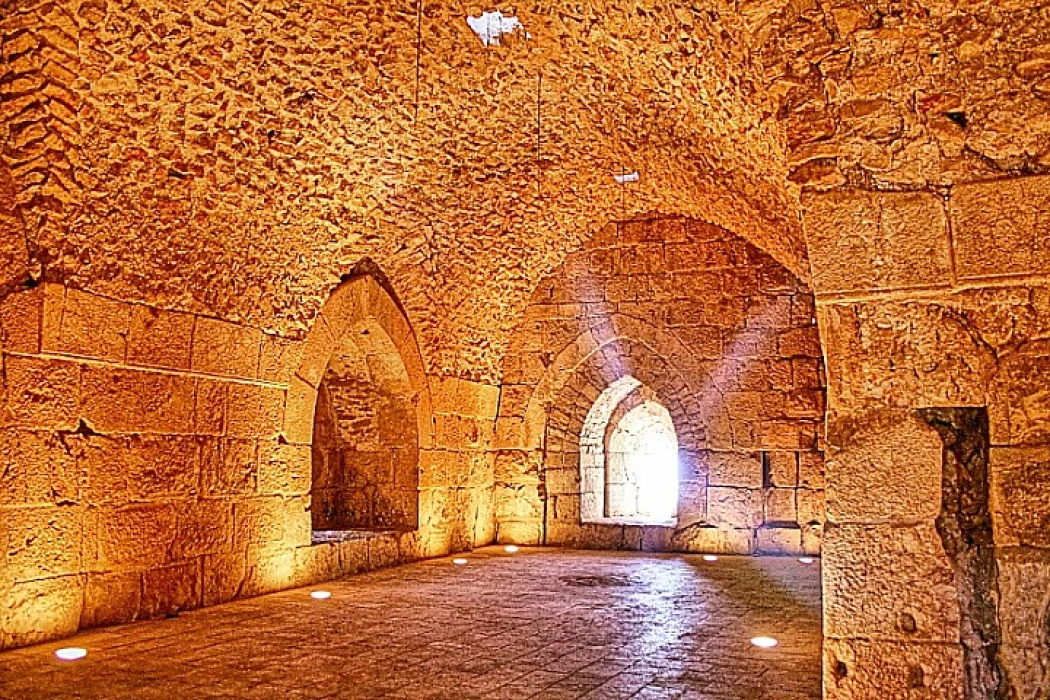
The History of Ajloun Castle
The History of Ajloun Castle
The building was renovated through historical sources and Arabic writings located in the castle. Two inscriptions were found by the Public Antiquities Service in 1963. The first inscription chronicles the period of Salahuddin's rule and mentions the restoration work ordered by the Sultan. The second inscription chronicles the construction of the wall and tower on 20 July 1261 (year 659 E).
The castle was built in semi-square shape, with four towers, each tower consisting of two floors. After the battle of Hattin, two towers are added to the right of the entrance to the castle, and there is a museum inside the castle containing many wonderful artefacts.
The Museum of Archaeology of Ajloun was opened in 2003 in two halls in Aibek bin Abdullah Tower inside Ajloun Castle, after maintaining and restoring them. The artefacts were displayed in 21 closets. These pieces represent different historical times.
Items on offer include: Arab inscriptions, firebombs, catapult shells and crockery used in the sugar industry, and metal coins and the artefacts were displayed depending on the sites where they were discovered or the subjects they represented.
Cupboards have been allocated for pieces discovered in the castle such as firebombs, pitchers and crockery. and from Tel Abu Sarbout, sugar-making pots were displayed in private cabinets, Small pieces of copper and pieces of coin were also displayed in a single cabinet. A cabinet displayed a collection of artefacts gifted by a citizen.














